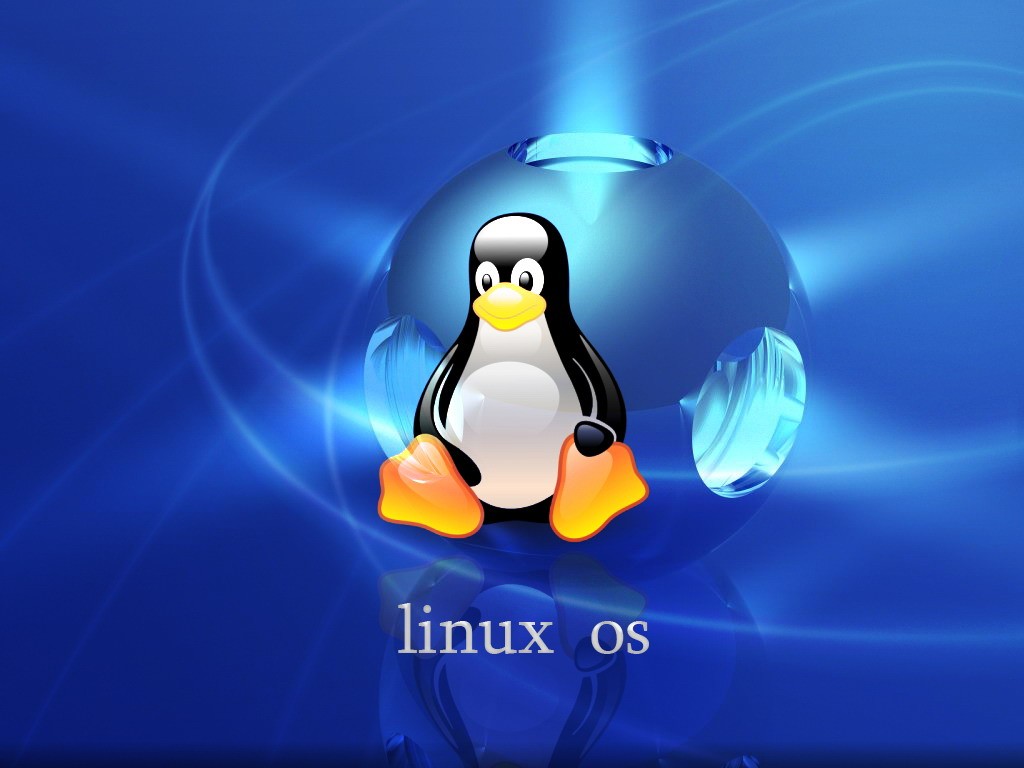Mastering Linux: A Practical Guide to the Linux Operating System
By Rajesh Uppal
Categories: AI & IT

Course Content
Introduction
-
What is an Operating System?
00:00 -
Brief Overview of Linux
00:00 -
Advantages of Linux
00:00 -
Importance of Learning Linux
00:00
Getting Started with Linux
-
What is Linux?
00:00 -
A Brief History of Linux
00:00 -
Understanding Open Source
00:00 -
Choosing the Right Linux Distribution
00:00 -
Installing Linux
00:00 -
Dual Booting with Linux
00:00
The Linux Desktop Environment
-
Introduction to Desktop Environments
00:00 -
Common Linux Desktop Environments (GNOME, KDE, XFCE, etc.)
00:00 -
Customizing Your Linux Desktop
00:00 -
Working with Files and Folders
00:00 -
Managing Applications
00:00
Linux Operating System
-
Linux Architecture
00:00 -
Linux Shell
00:00 -
Text Editors
00:00 -
Linux Design Principles
00:00
Command-Line Essentials
-
The Terminal and Shell
00:00 -
Navigating the File System
00:00 -
Basic Command-Line Operations
00:00 -
File and Directory Management
00:00 -
Working with Permissions
00:00 -
Pipes and Redirection
00:00 -
Shell Scripting Basics
00:00
User and Group Management
-
Understanding User Accounts
00:00 -
Creating and Managing Users
00:00 -
Setting User Passwords
00:00 -
Managing User Groups
00:00 -
User Privileges and Sudo
00:00 -
Password Policies
00:00
File System Management
-
The Linux File Hierarchy
00:00 -
Mounting and Unmounting Drives
00:00 -
Disk and Filesystem Management
00:00 -
Working with Partitions
00:00 -
Monitoring Disk Usage
00:00 -
Disk Quotas
00:00
Linux Distribution
-
Linux Distributions
00:00 -
Packages
00:00
Software Management
-
Package Managers (apt, yum, dnf, etc.)
00:00 -
Installing and Updating Software
00:00 -
Removing Software
00:00 -
Managing Dependencies
00:00 -
Finding and Installing Software from Source
00:00 -
Snap and Flatpak Packages
00:00
Networking in Linux
-
Networking Basics
00:00 -
Configuring Network Interfaces
00:00 -
Managing Network Connections
00:00 -
Troubleshooting Network Issues
00:00 -
Setting Up a Firewall
00:00 -
Remote Access and SSH
00:00 -
Network Services (DNS, DHCP, NTP, etc.)
00:00
System Administration
-
Managing Services (system)
00:00 -
Process Management
00:00 -
Cron Jobs and Scheduled Tasks
00:00 -
Monitoring System Performance
00:00 -
System Logs and Log Files
00:00 -
System Backups and Restores
00:00 -
Kernel Management
00:00
Security and Permissions
-
Linux Security Principles
00:00 -
User Authentication
00:00 -
Firewall Configuration
00:00 -
Securing SSH
00:00 -
File and Directory Permissions
00:00 -
SELinux and AppArmor
00:00 -
Security Best Practices
00:00
Advanced Topics
-
Virtualization with Linux (VirtualBox, KVM)
00:00 -
Containers and Docker
00:00 -
Web Servers and Hosting (Apache, Nginx)
00:00 -
Database Management (MySQL, PostgreSQL)
00:00 -
High Availability and Load Balancing
00:00 -
Linux in the Cloud (AWS, Azure, GCP)
00:00 -
Linux for DevOps and Automation (Ansible, Puppet)
00:00
Troubleshooting and Maintenance
-
Common Linux Issues and Solutions
00:00 -
System Recovery and Repair
00:00 -
Handling Kernel Panics
00:00 -
Debugging Techniques
00:00 -
System Updates and Patch Management
00:00 -
Upgrading Linux Distributions
00:00
Conclusion
-
Recap of Key Concepts
00:00 -
Linux as a Valuable Skill
00:00 -
Resources for Further Learning
00:00 -
Final Thoughts and Encouragement
00:00
Appendices
-
Glossary of Linux Terms
00:00 -
Recommended Linux Commands
00:00 -
Useful Linux Resources
00:00 -
Index
00:00